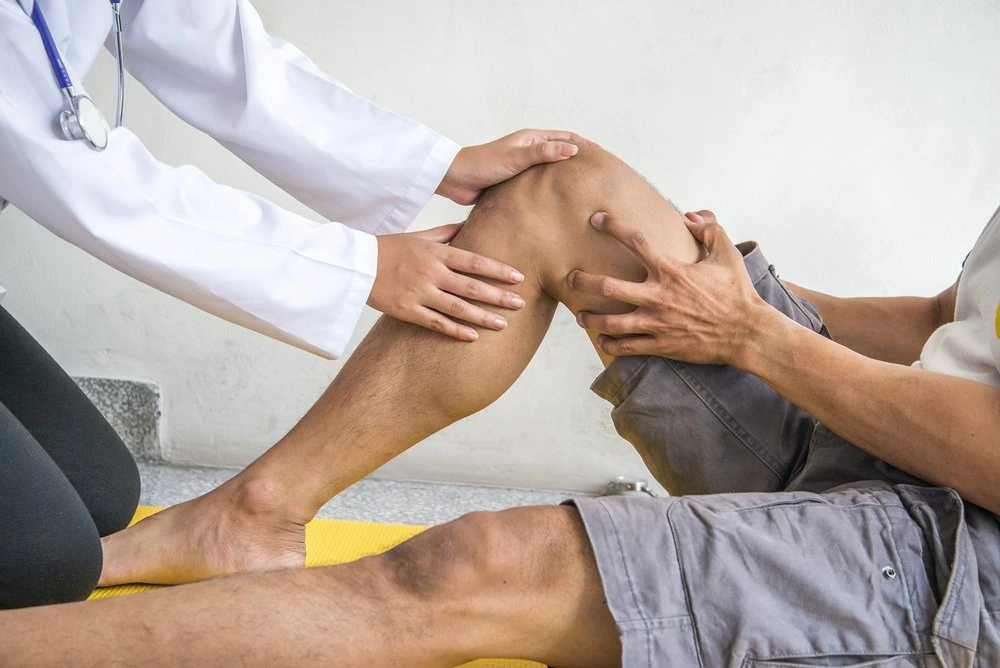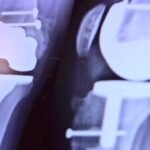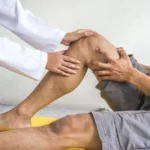Knee replacement surgery is becoming popular among individuals suffering from chronic knee pain and limited mobility. However, the most difficult challenge lies in the post-surgery phase called rehabilitation. In this comprehensive guide by Dr. Mahanta, a well known joint surgeon explains knee replacement rehabilitation for a successful recovery.
Knee Replacement Surgery in Dwarka
Knee replacement surgery procedure involves replacing damaged or worn-out knee joints with artificial ones, this can be made of metal and plastic. Whether you’ve undergone a partial or total knee replacement, the procedure of rehabilitation remain similar.
Phase 1: Immediate Post-Surgery Care (Days 1-7):
The initial days following knee replacement surgery are critical. Your knee will be swollen, and you may feel pain.
Dealing with pain after knee replacement: Your orthopaedic doctor will prescribe pain medicines to keep discomfort away. These medicines may have a side-effect so always make sure to use a prescribed medicine after prior knowledge of those effects.
Mobility and Weight-Bearing: Start with simple exercises like ankle pumps and quad sets to maintain circulation and prevent blood clots. Slowly progress to partial weight-bearing with the help of assistive devices like crutches or a walker.
Therapy: Physiotherapy experts provide proper techniques for walking, climbing stairs, and performing basic activities of daily living. Your doctor will guide you through range-of-motion exercises to prevent stiffness.
Phase 2: Intermediate Recovery (Weeks 2-6):
In this phase, increasing strength, flexibility, and independence is the objective.
Progressive Exercises: Slowly increase your exercise routine, more leg lifts, gentle stretches, and stationary cycling. Focus on quadriceps and hamstring strengthening exercises to stabilize the knee joint.
Aquatic Therapy: Consider aquatic therapy for a low-impact workout that reduces stress on joints. The buoyancy of water provides resistance without the jarring impact, aiding in muscle strengthening.
Balance Training: Work on your knee balance through targeted exercises. This phase reduce the risk of falls and stable gait.
Phase 3: Advanced Rehabilitation (Weeks 6-12):
The focus in this phase shifts to building endurance, fine-tuning movements, and regaining full functionality.
Advanced Strengthening Exercises: Using advanced strengthening exercises such as lunges, squats, and leg presses to challenge and strengthen your muscles. This step rsetores knee’s full range of motion.
Functional Activities: Transitioning from isolated exercises to functional activities mimicking daily tasks. Practice activities like kneeling, crouching, and improving daily life activities functionality.
Cardiovascular Conditioning: With cardiovascular exercises like brisk walking, cycling, or swimming to improve overall endurance. Slowly increase the intensity and duration of your workouts, keeping a keen eye on your knee’s response.
The Mental Aspect of Rehabilitation after Knee Replacement
Recovering from knee replacement surgery is more than just a physical journey; it’s a mental and emotional one as well. Stay positive, celebrate small victories, and be patient with the process. Surround yourself with a support system of friends, family, and the orthopedic surgeon specialist who understands the challenges you face.
The knee replacement rehabilitation requires dedication, commitment, and a complete awareness the process with a lot of patience and self-driven motivation. By following a structured rehabilitation program, staying proactive in your recovery, and maintaining a positive mindset, you can achieve a swift and successful recovery.




